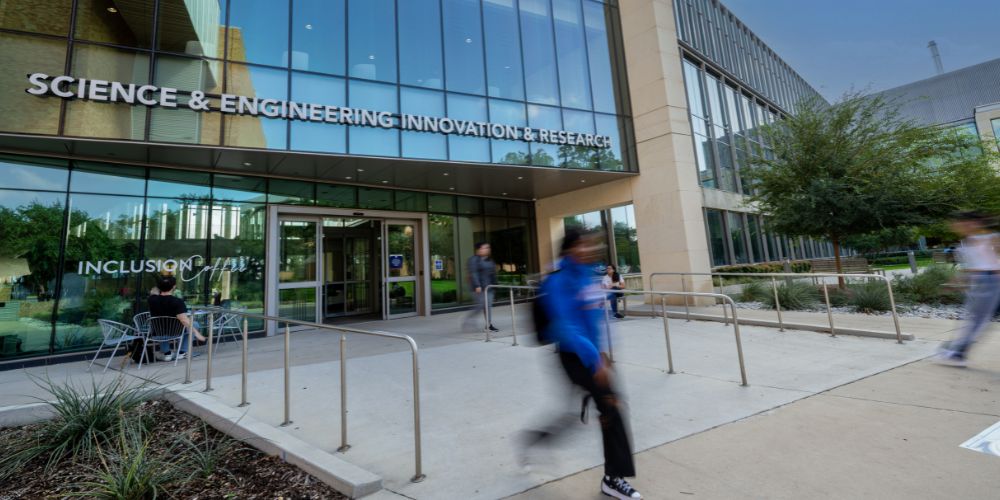UTA Scientists Recognized Nationally for Inventions and Innovation

Researchers from The University of Texas at Arlington received 20 utility patents for their work in 2023, contributing to the University of Texas System’s overall ranking of No. 3 in the Top 100 U.S. Universities Granted U.S. Utility Patents in 2023 list.
Compiled by the National Academy of Inventors (NAI), the rankings are based on data obtained from the U.S. Patent and Trademark Office. The University of California system and Massachusetts Institute of Technology claimed the top two spots.
“This distinguished list is more evidence of the commitment to innovation from UTA’s extremely talented faculty, students and staff,” said Kate C. Miller, vice president of research and innovation for UTA. “Combined with the efforts of our Center for Entrepreneurship and Technology Development, UTA fosters a supportive environment for anyone seeking to innovate, commercialize new technologies or launch companies for the betterment of our North Texas communities and the global economy.”
NAI has published rankings since 2013, starting with the Top 100 Worldwide Universities list. The Top 100 U.S. Universities rankings were recently introduced to serve as a complement to the worldwide list and provide a more focused view of the national innovation landscape and the contributions made by U.S. academic institutions. These rankings highlight the role research institutions play in advancing innovation and driving the global economy. Together, they aim to provide a comprehensive view of intellectual property protection in the innovation ecosystem.
“As we look at the current and future state of innovation in our nation, we need to ensure that the U.S. is remaining competitive in the international innovation ecosystem,” said Paul R. Sanberg, president of the NAI. “Protecting intellectual property is a key component to this, and the Top 100 U.S. Universities list allows us to recognize and celebrate universities and their faculty, staff and students who are not only innovating at high levels, but also taking the additional step of protecting their IP through patenting.”